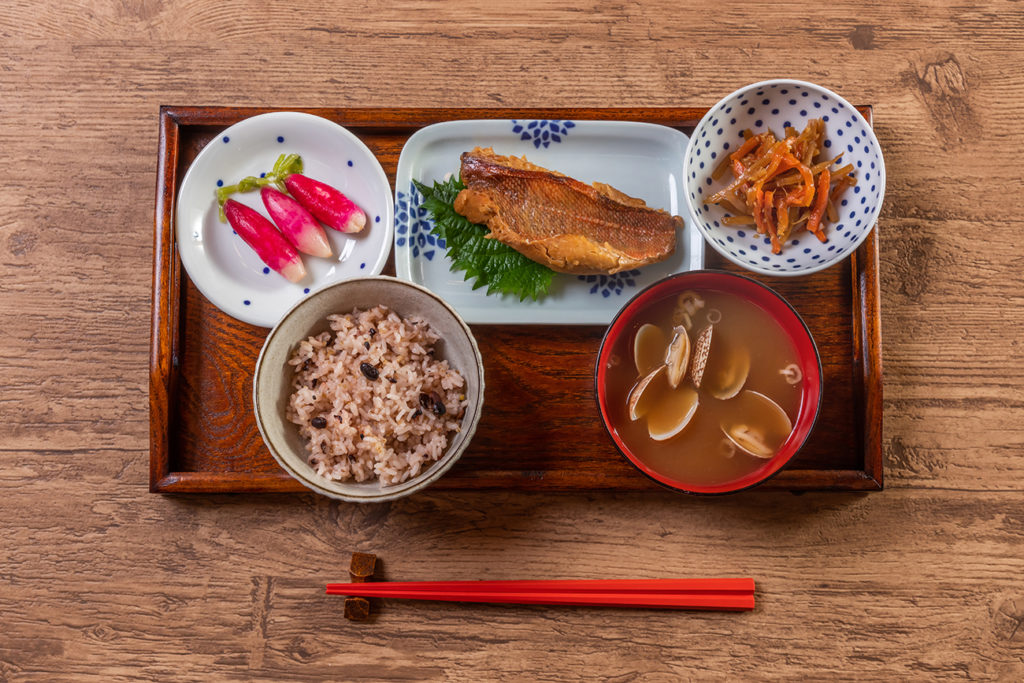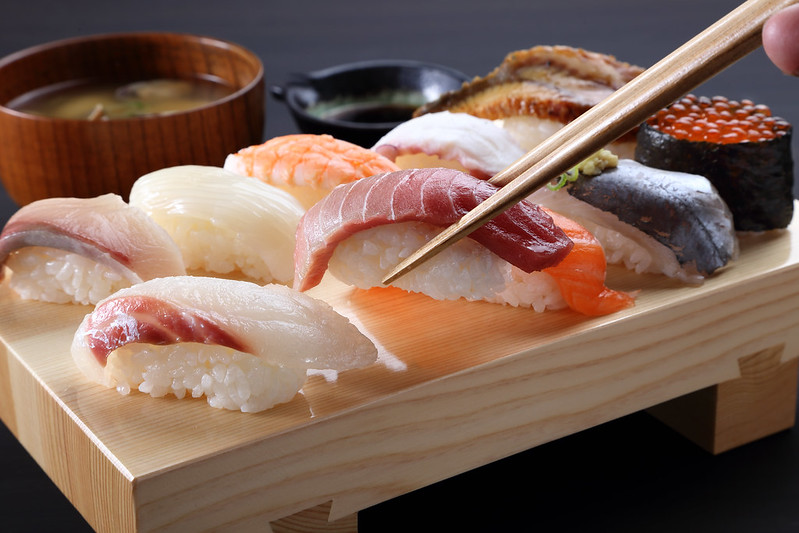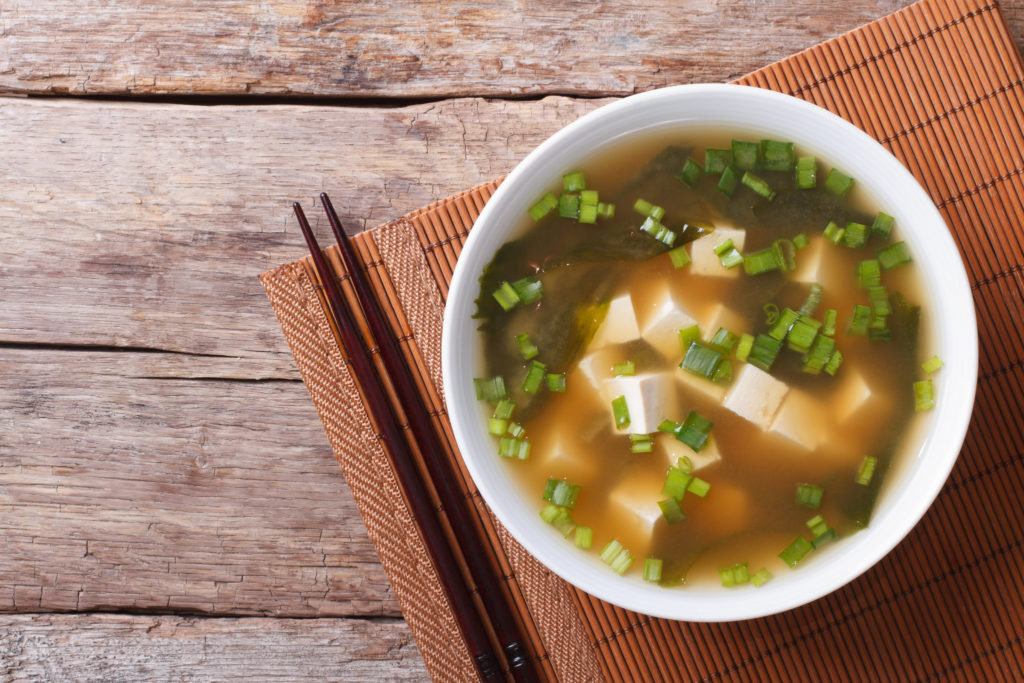
The Secrets to Japanese Longevity
Japan is a country whose citizens live a long, full, and healthy life. In the World Health Statistics 2015 announced by the World Health Organization (WHO), Japan has the longest average lifespan in the entire world! Compared to other countries, the average lifespan of Japanese men and women combined is 84 years, Americans’ average is 79 years, and the Chinese average is 75 years. The secret to the longevity of the Japanese may be as simple as in the food they eat.
Nigirizushi
Japanese food was just recently added to UNESCO intangible cultural heritage in 2013 and has garnered even more worldwide attention. Japanese cuisine is prized for its freshness and delicate essence that brings out the original taste of each and every ingredient, enhancing the entire dish and coming together in a marriage of flavor. Japanese dishes are made with exquisite planning and care.
The gorgeous presentation makes any meal an experience for the senses, and as much as possible represents the four seasons, especially in traditional Japanese meals enjoyed on special occasions. But the secret to longevity is not in the presentation or extensive preparation of the meal but in the ordinary daily diet of the Japanese.
Miso soup
Ichiju-sansai (一汁三菜), literally “one soup, three sides” can also mean a “well-balanced meal.” It is a phrase that represents the typical daily diet of many Japanese. The soup is commonly miso soup. The word sai (菜) simply means vegetable and may also mean any accompanying dish such as meat or fish. The word is closely related to the Japanese word for appetizer, zensai (前菜), while the main dish in Japanese is called shusai (主菜) or sōzai (惣菜).
During the Edo period (1603-1867), a luxurious Japanese meal consisted of two to three kinds of soup, but a typical meal of the Japanese commonpeople only had one soup. Hence, the idea of ichiju–sansai must have come from the wisdom of ordinary people.
A truly well-balanced Japanese meal is complete when rice is added to ichiju-sansai. The freshness and quality of all the ingredients that come together to complete ichiju-sansai are the secrets to longevity.
